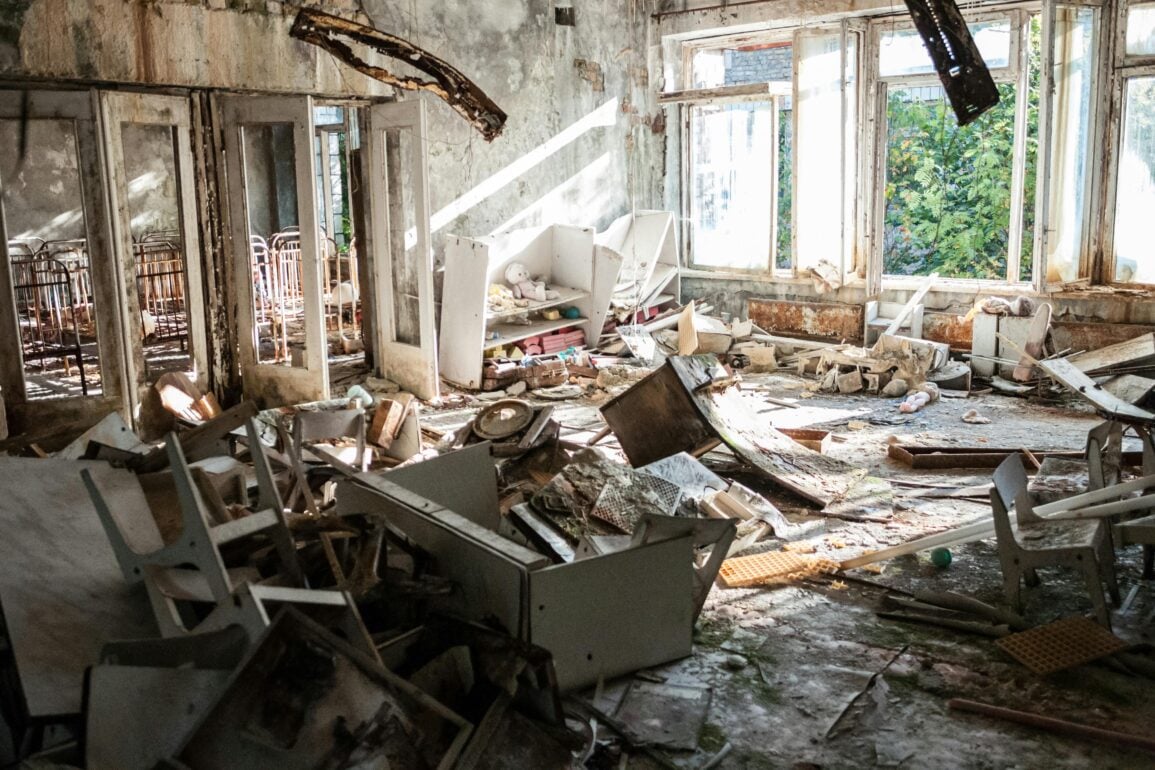Managing construction debris and building junk is a critical part of maintaining compliance during any renovation or development project. Businesses that handle junk removal for construction or remodeling sites need to understand not only how to clear debris efficiently but also how to operate within the boundaries of local regulations. Municipal codes dictate how, when, and where building materials can be discarded, and coordinating junk disposal with these codes helps avoid fines, delays, and potential project shutdowns.
Building junk disposal becomes significantly more complex when municipal codes come into play. Every city or county can have unique rules covering what can be tossed into a landfill, which materials require special handling, and how long debris can sit on-site before removal. For example, drywall, asphalt, concrete, and metal scraps may each fall under different disposal classifications. If a business fails to separate and dispose of these materials according to the city’s requirements, it can lead to penalties and extra costs. Even common items like paint cans, adhesives, or treated wood may need to be hauled to special facilities rather than placed in standard dumpsters.
One of the first steps in aligning building junk disposal with municipal requirements is to review local building and waste management codes. These codes often specify acceptable disposal practices, set weight or volume limits for dumpsters, and define which permits are required for placing a dumpster on a public street or sidewalk. A business might need a temporary right-of-way permit if the dumpster extends into city property. Ignoring these requirements can lead to violations, especially if debris obstructs traffic or storm drains. To access a general reference on how municipalities structure codes, businesses can review resources like Municode, which provides access to local ordinances across the U.S.
Effective coordination also requires close communication between contractors, junk removal services, and local inspectors. Before a project begins, it’s smart to schedule a consultation with the local building department to clarify what is expected. This can help identify any materials considered hazardous or prohibited from regular disposal streams. For example, some municipalities require lead-painted materials or asbestos-containing debris to be transported by certified haulers to approved facilities. Aligning with these expectations upfront prevents last-minute surprises that can halt a project.
Segregating building junk at the source is another best practice. By sorting metals, wood, concrete, and general trash into separate containers, a business can often reduce disposal costs while staying compliant. Many municipalities encourage recycling of building materials and may even offer reduced tipping fees for properly sorted loads. Coordinating with a junk removal company that understands local codes is particularly valuable—they can provide the right containers, schedule pickups in line with city requirements, and ensure disposal receipts are documented in case of an audit.
Timing is another critical factor. Municipal codes often dictate how long construction debris can remain on-site. Leaving building junk piled up for too long not only risks code violations but can also create safety hazards for workers and the public. Coordinating a consistent pickup schedule ensures debris is cleared before it becomes an issue. In urban areas, this might mean arranging for smaller, more frequent pickups to avoid overfilled dumpsters and potential citations.
Documentation plays a key role in maintaining compliance. Retaining receipts, manifests, or weight tickets for all disposed materials can help prove that your business followed municipal requirements. This is especially important if a project triggers environmental inspections or if the local government enforces green building standards that require a certain percentage of materials to be recycled.
Ultimately, coordinating building junk disposal with municipal codes is not just about avoiding fines; it’s about running a professional and efficient operation. Businesses that prioritize compliance, organization, and communication gain smoother project timelines, lower risk exposure, and a reputation for reliability in the eyes of both clients and regulators. By working with knowledgeable junk removal partners and staying up to date on local regulations, companies can handle even the messiest construction projects without regulatory headaches.







